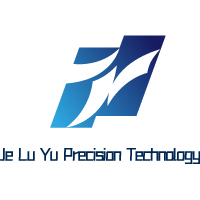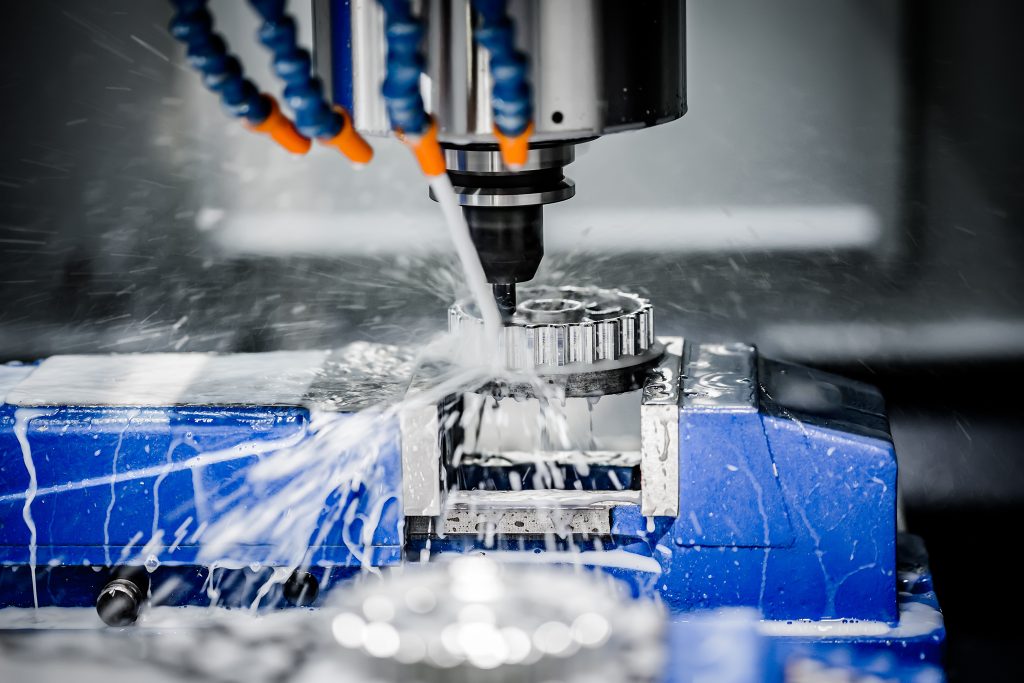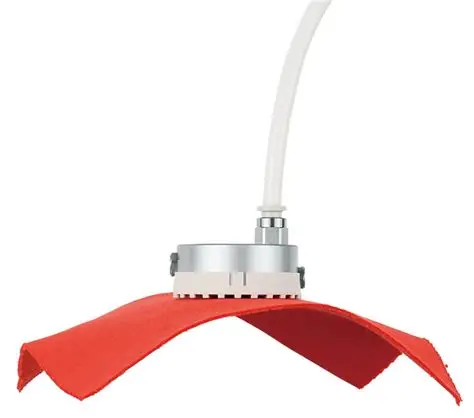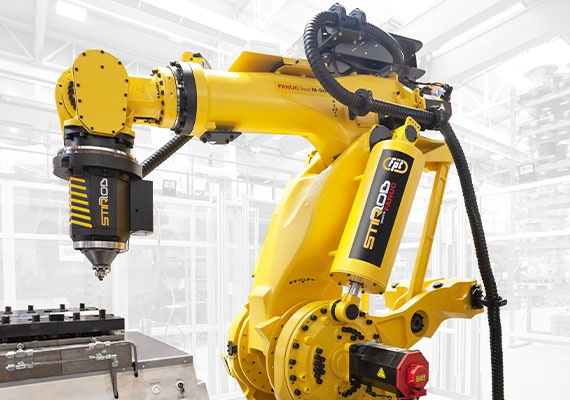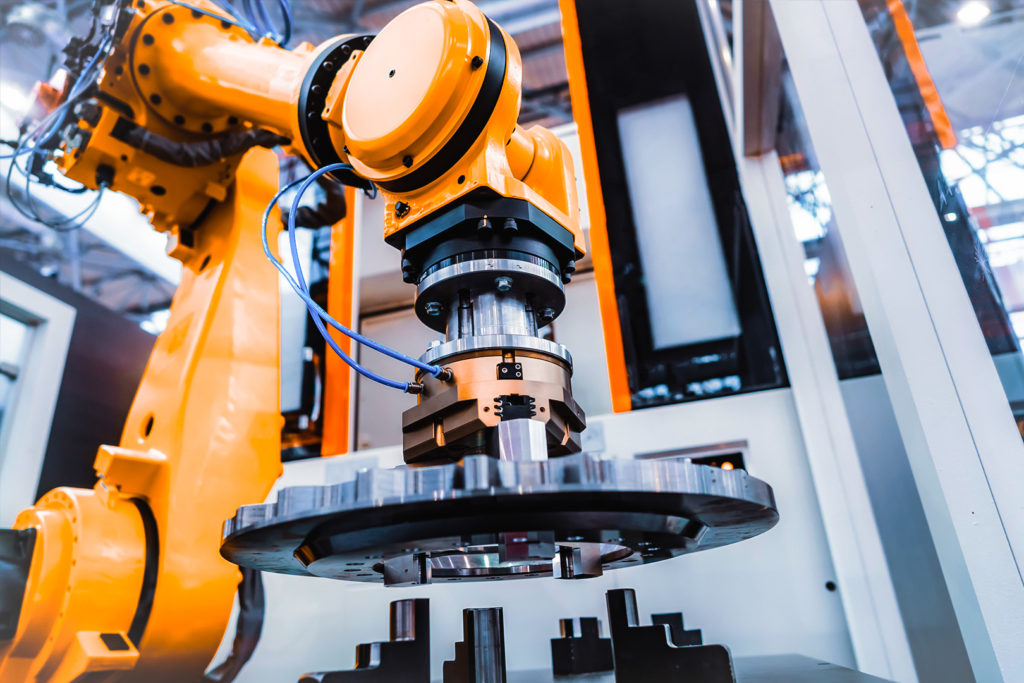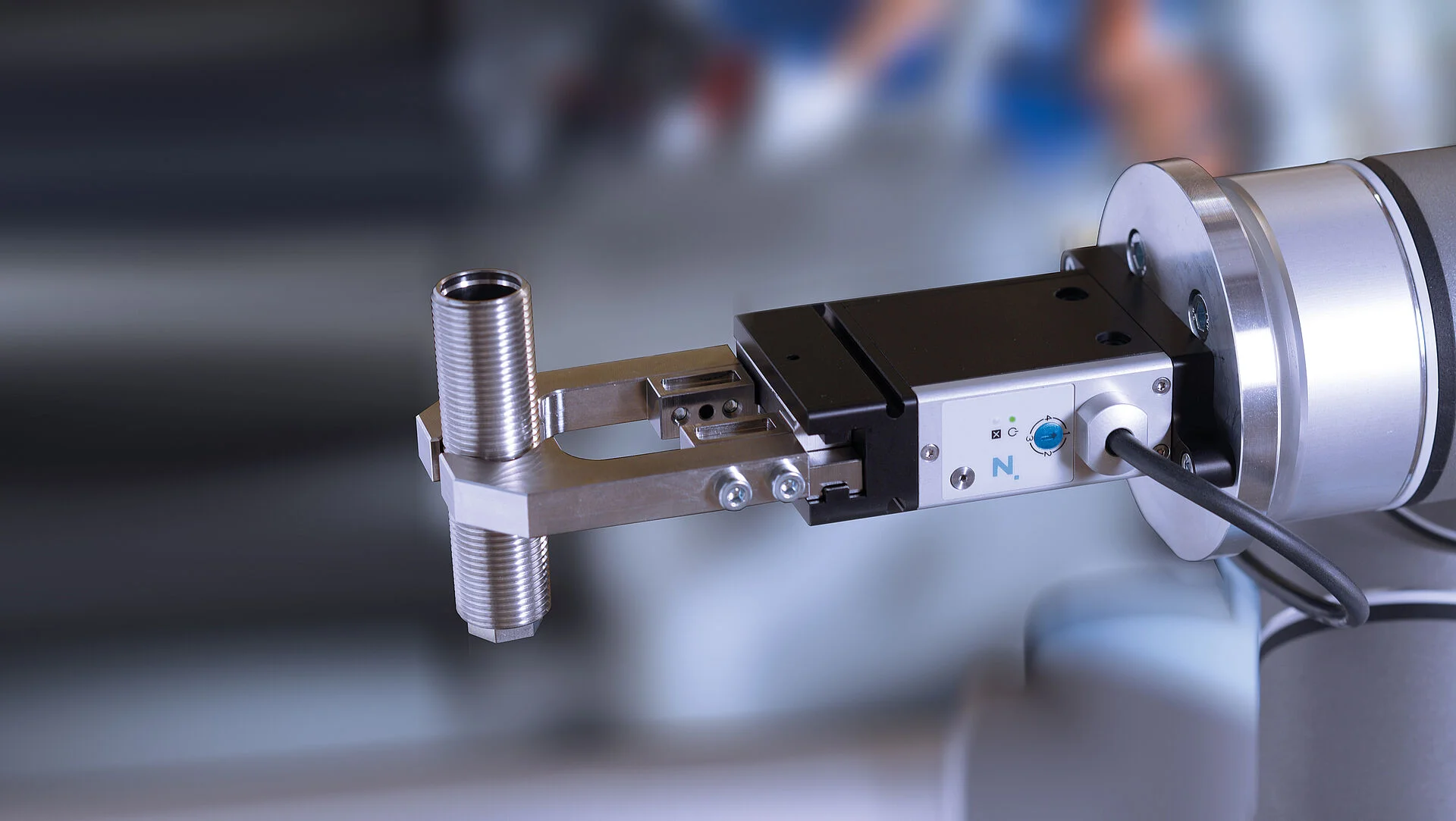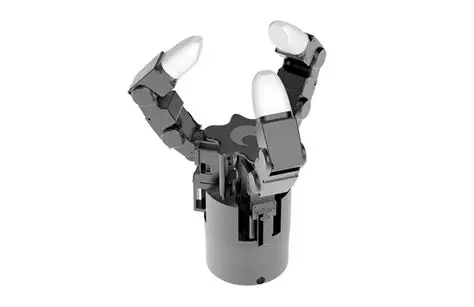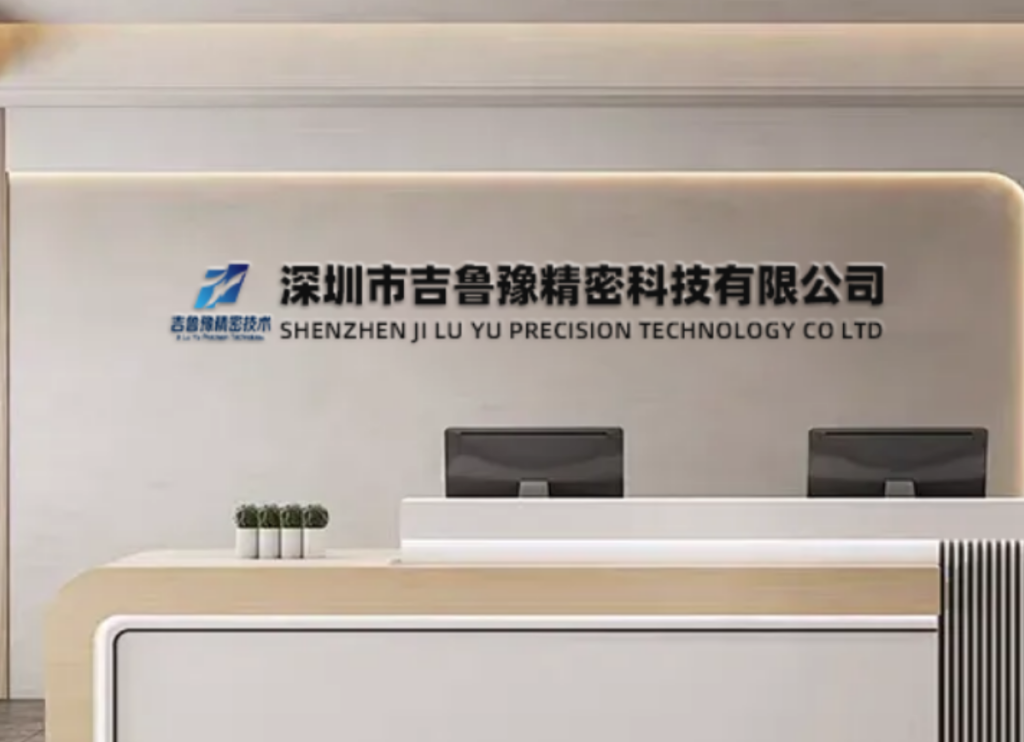Innovating Industries: JLYPT’s Mastery in Metal Matrix Composite Machining
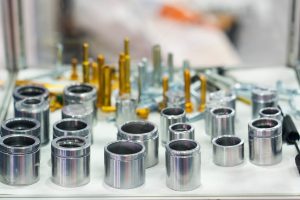
Metal matrix composites (MMCs), such as silicon carbide-reinforced aluminum (SiC/Al) and graphite-aluminum (Gr/Al), are redefining performance in high-stakes industries. Since 2016, JLYPT has delivered over 10,000 precision MMC components, achieving tolerances as tight as ±2 μm. Combining proprietary machining techniques with cutting-edge R&D, we transform these advanced materials into reliable solutions for automotive, aerospace, and medical applications.
1. The Science of MMCs: Strength Meets Functionality
Hybrid Materials for Extreme Performance
MMCs blend metallic matrices with ceramic or carbon reinforcements, achieving unparalleled properties:
| Composite | Base Material | Reinforcement | Key Attributes |
|---|---|---|---|
| SiC/Al 6092 | Aluminum | 25% SiC | 550 MPa UTS, 25% lighter than steel |
| Gr/Al 1100 | Aluminum | 60% graphite | 350 W/m·K thermal conductivity |
| TiC/Ti-6Al-4V | Titanium | 15% TiC | 800°C oxidation resistance |
Data: Journal of Materials Science (Vol. 57, 2022), ASM Handbook Vol. 24
CNC machining challenges unique to MMCs:
- Abrasive Tool Wear: SiC particles reduce tool life by 70% vs. aluminum
- Fiber Delamination: Graphite layers peel during drilling
- Thermal Gradients: Coefficient mismatches induce microcracks
2. JLYPT’s 5-Stage Machining Strategy
Overcoming MMC Complexity
Stage 1: Predictive Material Modeling
- Micro-CT scanning maps SiC particle distribution (5 μm resolution)
- Fiber orientation simulations for Gr/Al stock
Stage 2: Adaptive Toolpath Engineering
- Trochoidal milling with ≤30% radial engagement
- Ultrasonic-assisted drilling (30 kHz) minimizes fiber pullout
Stage 3: Advanced Cutting Solutions
- CVD diamond-coated end mills (10 μm coating thickness)
- Cryogenic CO₂ cooling (-78°C) suppresses thermal expansion
Case Study: Electric Vehicle Battery Housing (Gr/Al)
- Challenge: 0.3 mm wall thickness with EMI shielding requirements
- Solution: Laser-ablated graphite channels + low-stress milling
- Result: 40% weight reduction, 28°C lower operating temps (SAE J2340)
3. Industry-Specific Innovations
Automotive: High-Performance Brake Systems
Material: SiC/Al hybrid (20% carbon fiber)
JLYPT’s Approach:
- 5-axis machining of vented rotor geometries
- Residual stress relief via laser shock peening
Performance Metrics:
- 55% shorter stopping distance vs. cast iron (SAE J2522)
- 800°C fade resistance (ISO 26867)
Medical: MRI Machine Components
Material: Gr/Al (ISO 13485 compliant)
Advantages:
- Zero magnetic interference
- 60% lighter than traditional copper alloys
JLYPT’s Precision:
- Electropolished surfaces (Ra 0.1 μm) prevent patient tissue snagging
- Achieved 99.99% non-porosity per ASTM E2371
4. Surface Enhancement Technologies
Elevating Functional Performance
| Process | SiC/Al Application | Gr/Al Application |
|---|---|---|
| Micro-Arc Oxidation | 40 μm Al₂O₃ layer (HV 1,600) | N/A |
| Electron Beam Texturing | Oil-retention microdimples | Thermal interface patterns |
| Electroless Nickel Coat | Corrosion-resistant finish | N/A |
Example: Aerospace Fuel Nozzles (SiC/Al)
- Gradient coating withstands 900°C kerosene flames (AMS 2750E)
- 0.02 mm concentricity across 150 mm length
5. Quality Assurance: Beyond Compliance
JLYPT’s 360° Verification Protocol
- Material Certification
- EDS analysis for 25±1% SiC content
- In-Process Monitoring
- Force sensors detect tool deflection >1 μm
- Post-Machining Validation
- CT scan inspection detects voids ≥10 μm
- Functional Testing
- 1,000-hour salt spray exposure per ASTM B117
6. Sustainable Manufacturing Practices
JLYPT’s eco-conscious initiatives:
- Closed-Loop Recycling: 96% MMC swarf reclamation
- Solar-Powered Machining: 35% facility energy from renewables
- Dry Machining Trials: Eliminating coolants for Gr/Al finishing
Lifecycle analyses show JLYPT’s SiC/Al parts reduce CO₂ emissions by 41% vs. virgin material production.
7. Future Frontiers: Smart Composites & AI Integration
JLYPT’s R&D pipeline includes:
- Self-Monitoring MMCs: Embedded graphene sensors for real-time strain reporting
- Hybrid Additive/Subtractive:
- DED (Directed Energy Deposition) builds near-net shapes
- 5-axis finishing achieves optical surfaces
- Generative AI Toolpaths: Algorithm-driven strategies reducing cycle times by 22%
“JLYPT’s Gr/Al battery housings extended our EV’s range by 18% through weight savings.”
– Chief Engineer, Leading Automotive OEM
Why JLYPT for MMC Components?
- Material Science Leadership: 12 PhDs in composite engineering
- State-of-the-Art Facilities: 10 MMC-dedicated CNC centers
- Certifications: IATF 16949, ISO 13485, AS9100D
Technical References
- ASM Handbook Vol. 24 (2022): MMC Properties
- SAE J2522: Automotive Brake Testing
- ASTM E2371-13: Porosity Testing Standards
